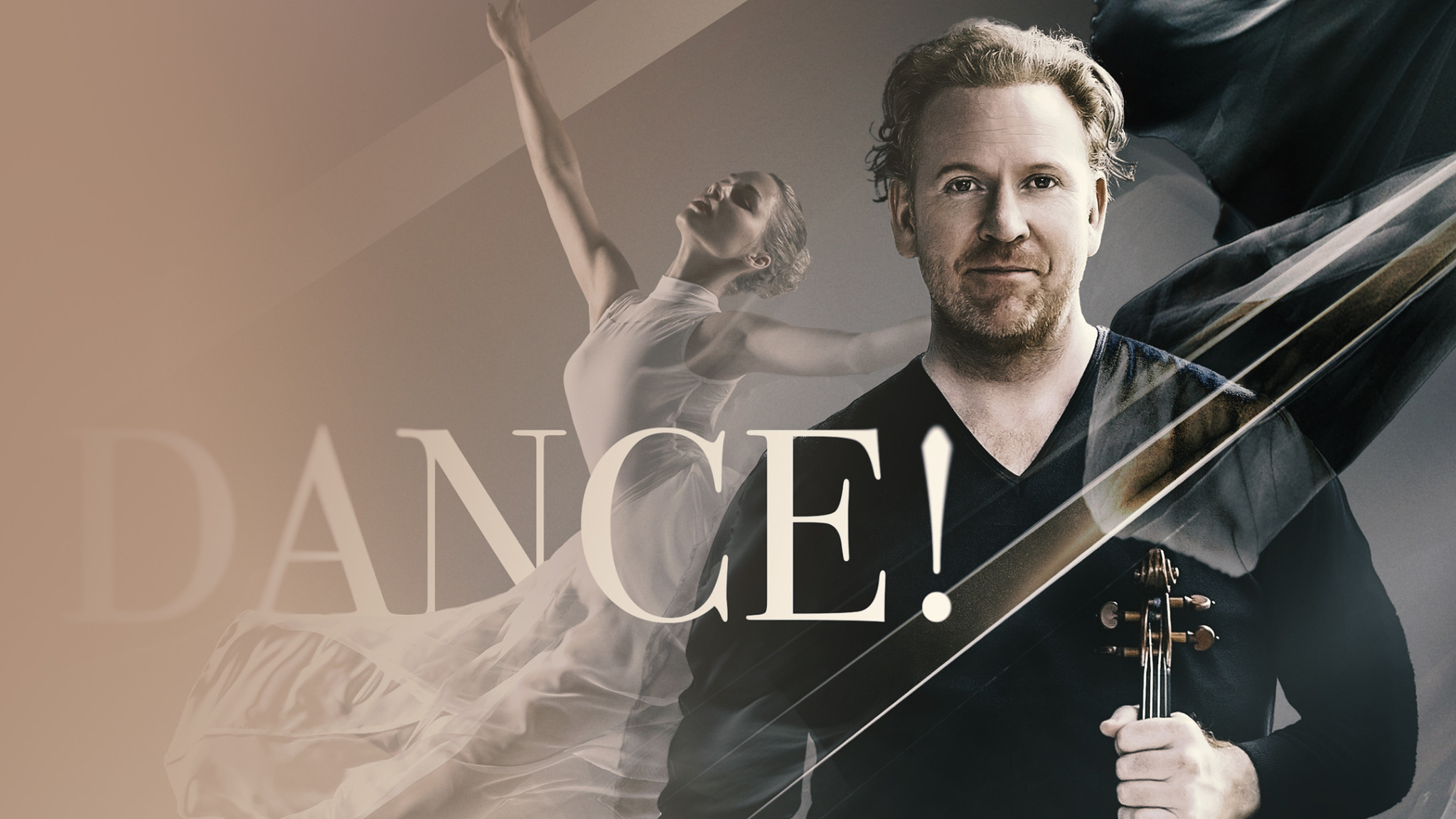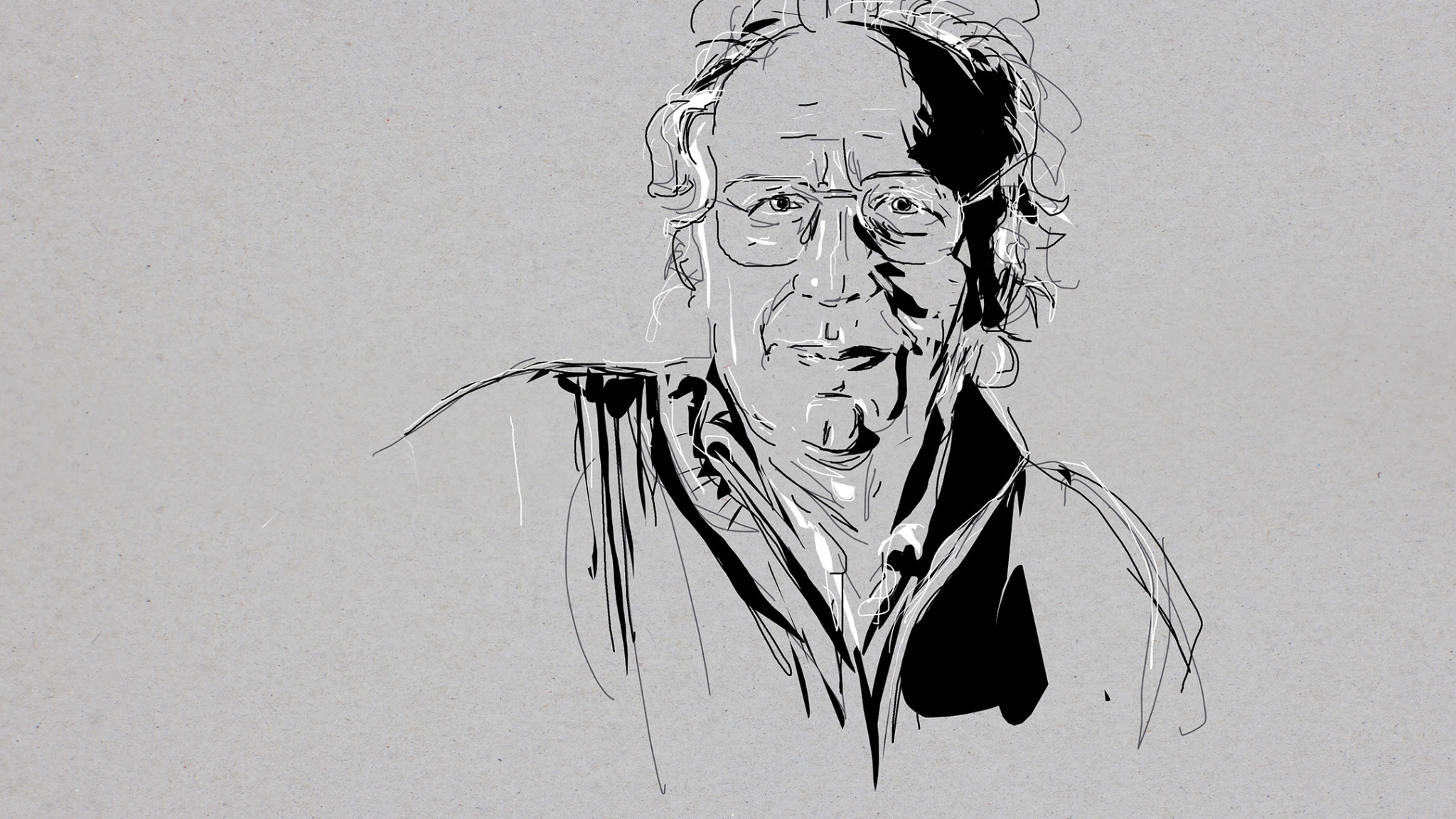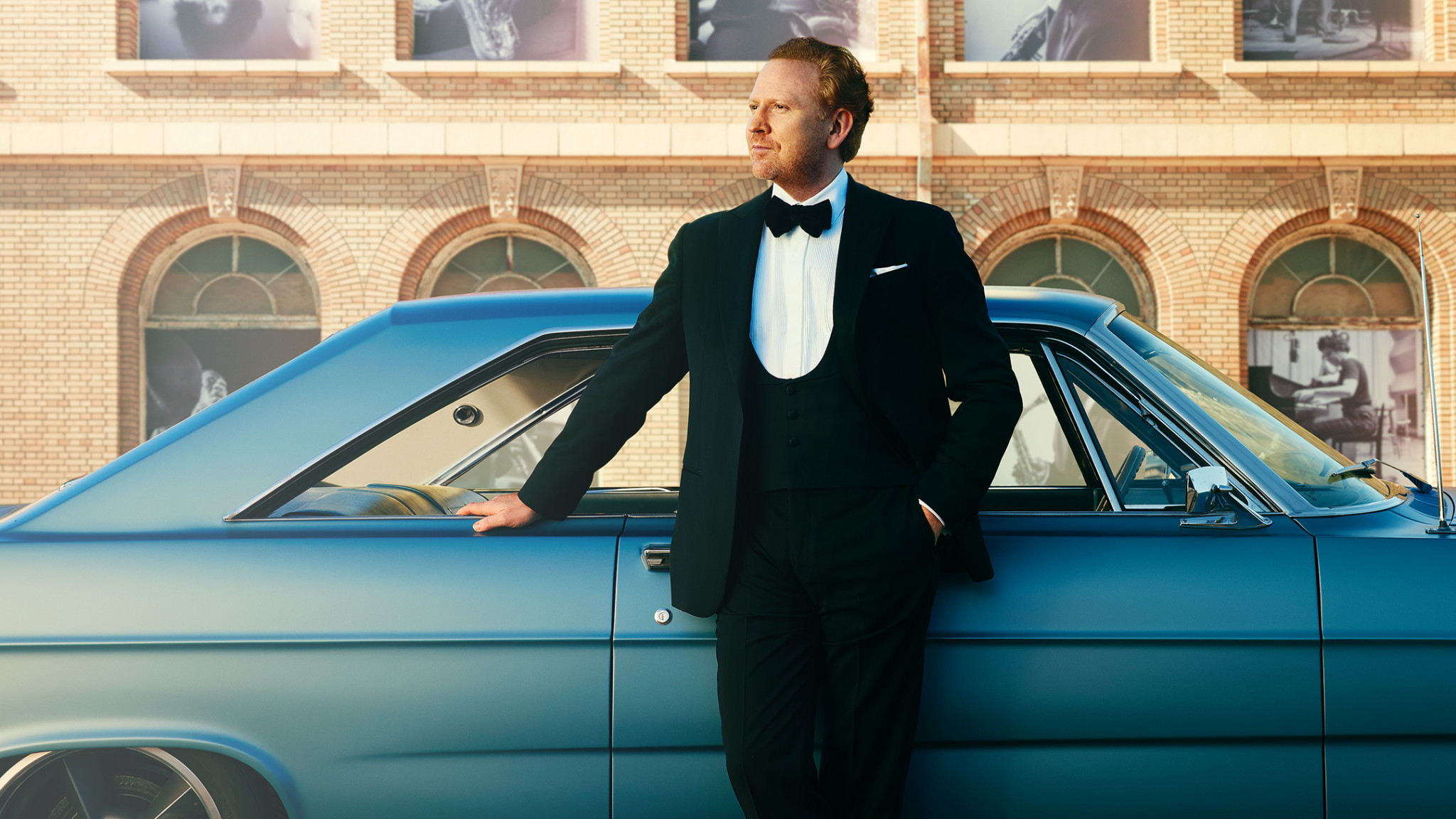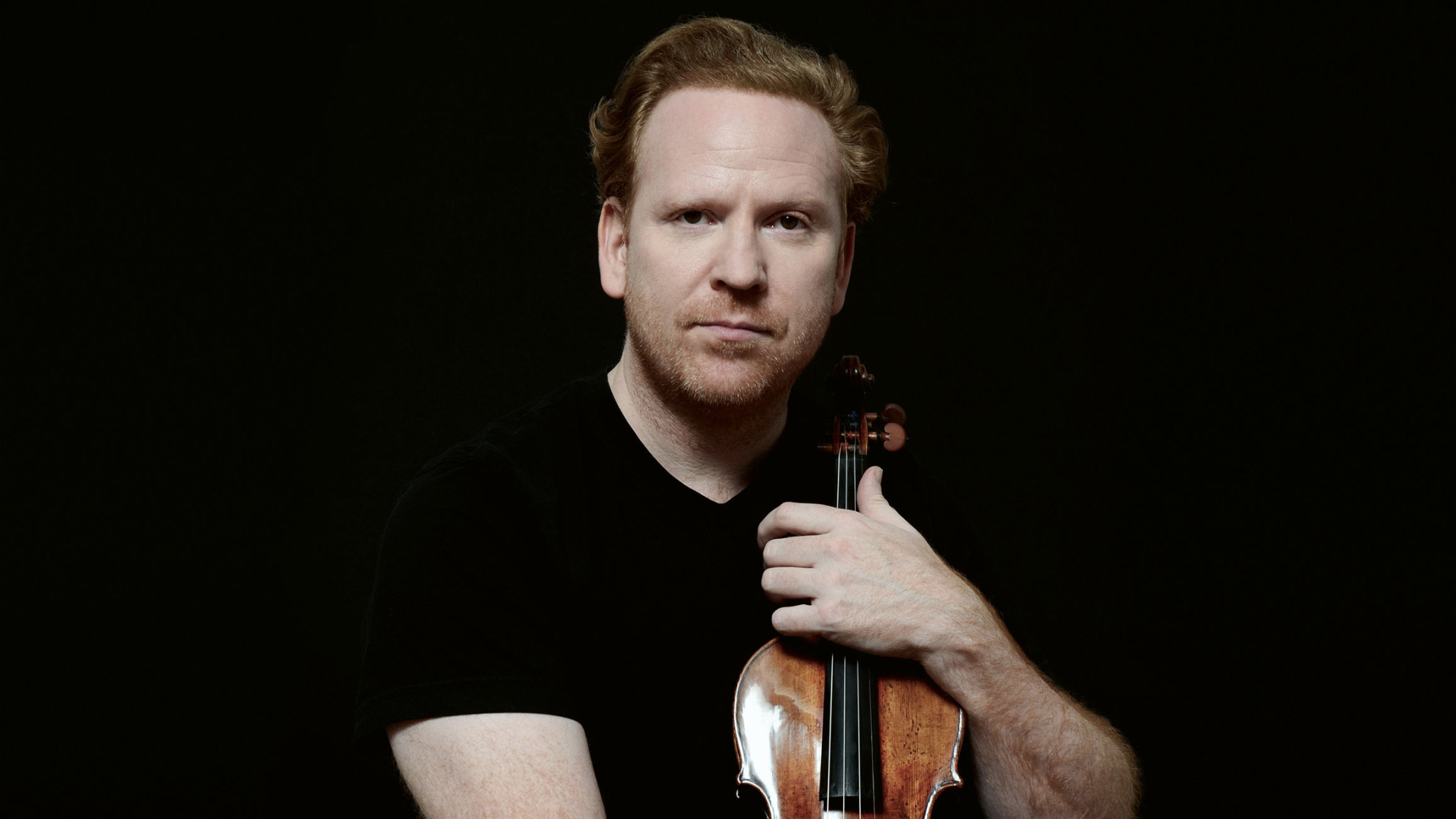Daniel Hope on Irish Roots - An interview with the artist
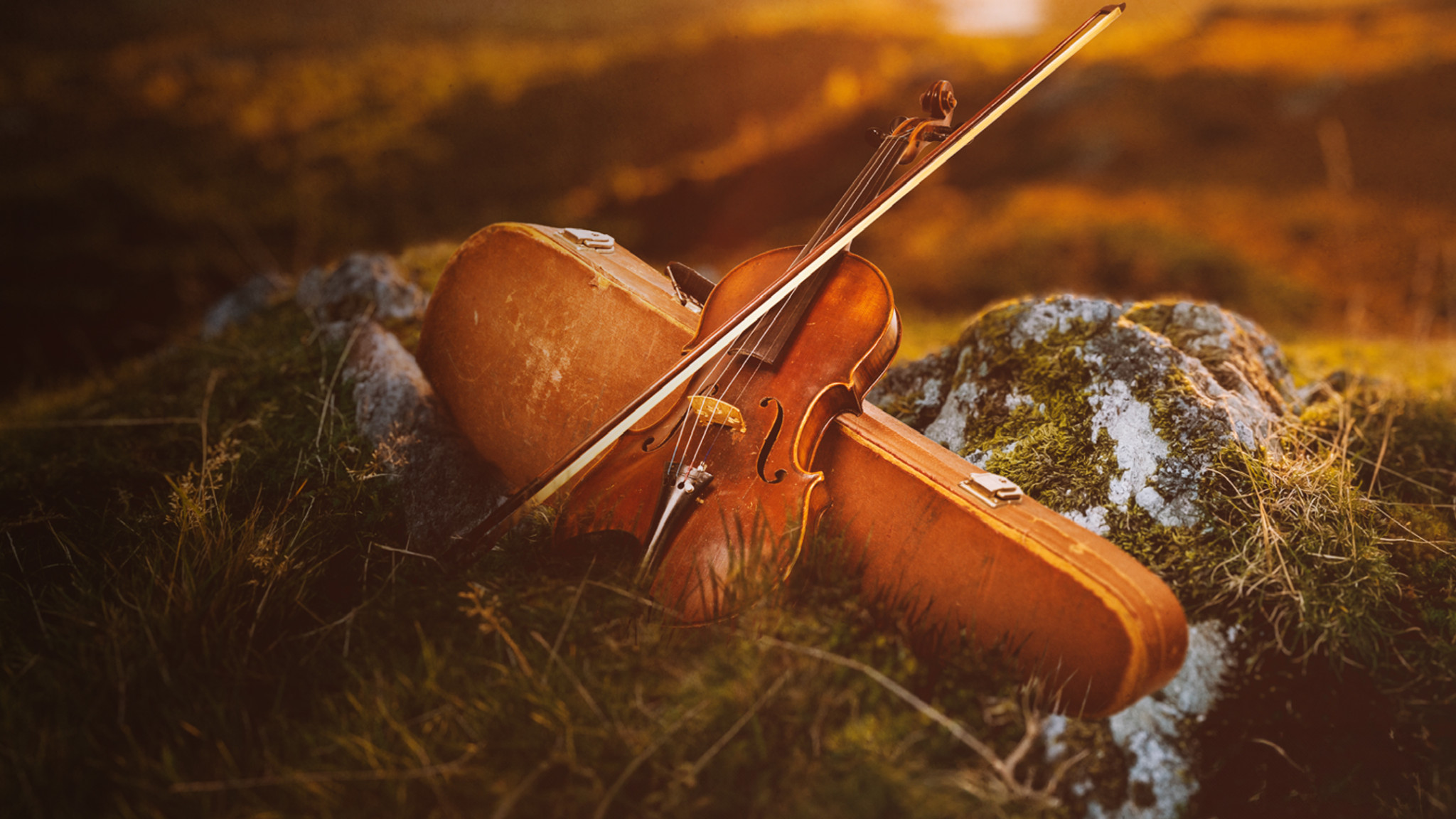
Ireland flows through Daniel Hope’s blood courtesy of his paternal great-grandfather, who left his home in the seafaring city of Waterford in the 1890s to build a new life in South Africa. Daniel McKenna gave his great-grandson his name. The music of Ireland, from bar-room reels and country jigs to concert pieces that captivated audiences in Dublin and beyond, also runs deep in the violinist’s soul. Set for release on 5 July 2024, his latest Deutsche Grammophon album, Irish Roots, takes the listener on an expedition of discovery filled with familiar landmarks, creative adventures and musical surprises.
Although Hope has never lived in Ireland, he cherishes the place that provided him and his stateless family with citizen status almost half a century ago, after they were forced to leave South Africa to seek political asylum. His fascination with its culture and family tales of the old country led him to make a documentary for ARTE and WDR entitled Celtic Dreams: Daniel Hope’s Hidden Irish History, first aired in spring 2022. He also began exploring the connections between folk and classical music in Ireland, supported by musicologist Olivier Fourés and performance experiences with award-winning Irish band Lúnasa.
Irish Roots followed naturally from there, propelled by Hope’s desire to investigate and express previously dormant strands of his musical DNA. Among other pieces, it includes music by 20th-century composer Ina Boyle, works by the great bard and harpist Turlough O’Carolan, and traditional favourites such as Danny Boy, as well as making room for classical pieces by itinerant foreigners and the fifth of Vivaldi’s L’estro armonico concertos, a smash hit in Ireland 300 years ago. Daniel Hope is joined on his new album by a stellar line-up of guest artists, including Lúnasa, harpist Siobhán Armstrong, flautists Sir James and Lady Jeanne Galway, singer Rea Garvey, multi-instrumentalist and folk musician Ross Daly, fellow violinist Simos Papanas, and the Thessaloniki State Symphony Orchestra conducted by Daniel Geiss.
If a listener came across Irish Roots without knowing a thing about you or your backstory, they’d be able to tell that this is a deeply personal album. What do Ireland and its music mean to you?
From the time we left South Africa in the early 1970s until four or five years ago, I held only Irish nationality. My father was handed an exit permit by the South African authorities, which basically said, “Get out, and stay out”. It meant we lost our South African citizenship, so we were stranded as stateless exiles, first in Paris, then in London. My mother discovered that if you had an Irish grandmother, you could apply for Irish citizenship. She tracked down various birth certificates and other documents in Waterford, filled in some forms and suddenly we were Irish! That identity was handed to me before I could walk. It was only much later that I realised it had probably saved us; certainly it meant we could stay and work in London, which ultimately led to my mother becoming Yehudi Menuhin’s secretary. I’ve kept my Irish citizenship precisely because of the enormous gratitude I feel towards Ireland and for what it means to my entire family.
I got to know my Irish relatives and in particular my grandmother, whose father and my namesake, Daniel McKenna, ran away from Ireland to South Africa just before the Second Boer War broke out in 1899. She and her sister grew up there but would often talk about their Irish roots. That background was always present, as it is in my father’s books, where he talks a great deal about Ireland, his Irish identity and his grandfather. Recently we found Daniel McKenna’s grave in Johannesburg, a deeply moving moment. While I was filming Celtic Dreams, my father and I also discovered the tiny terraced house in Waterford, Ireland in which my great-grandfather grew up. Just a few doors away in the same street, I noticed a plaque on the wall of a neighbouring house. It read that the Flanagan Brothers, “Irish Music Ambassors to America”, had lived there for many years, before leaving for New York where they would become the dance-hall sensations of the 1920 and 30s. Their phonograph records extended their popularity and fame, reaching the homes of Irish emigrants throughout the world. Among other hits, they wrote Red Haired Boy, which I’ve included on the album. The thought of the McKenna family of 12 – who remained in the same house even after my great-grandfather had left Ireland – and the Flanagans singing, dancing and making music in that street on a hot summer’s evening was simply incredible!
Of course it was one thing to have an Irish passport and close family ties to Ireland, quite another for me to actually perform Irish music! I was unsure about whether I might dare step into that rich sound-world at all, so I held back from doing much about it in public for more than 10 years and quietly, and very privately, continued studying, reading and researching.
What gave you the confidence to explore Irish traditional music and eventually perform it?
Like so many people, I have loved listening to Irish music for as long as I can remember. In 2004, I began a curatorial role at the Savannah Music Festival, the classical side of which I subsequently helped run for 16 years. Lúnasa were booked to play a concert there in 2006, which the festival director, Rob Gibson, insisted I absolutely must hear. I was mesmerised by Lúnasa, that sound of the uilleann pipes, especially in Cillian Vallely’s hands, Seán Smyth masterful on the fiddle, Kevin Crawford playing up a storm on the flute. The whole group was so inspired. And in a sense, it felt like I’d come home. And yet, although I could feel and react to the music, that alone wasn’t enough to convince me I should actually try playing it. But I did realise that one day the time would come. And then in 2016, Lúnasa came to the Schleswig-Holstein Music Festival, with which I have a very close association. They asked if I’d like to join them on one of their sets. I knew my time had come, so I agreed! We played Morning Nightcap, which I’d heard them perform in Savannah. They probably thought that would be the one I’d be less likely to mess up. Well, I did mess it up – but at least I did it with conviction!
When we sat down in Schleswig-Holstein over a pint, I said, “By the way – I’m Irish”. They couldn’t believe it! Then we started talking about my great-grandfather and the whole McKenna clan, and they said we simply had to do more together. That was the trigger moment when I started thinking about whether I could build a full programme of Irish music and become at ease with playing it in concert. The fact that Lúnasa would allow an outsider into a group that’s so perfect and so tightly knit was remarkable. I’ve rarely felt more at ease making music as I do when I’m with those fellas.
Lúnasa believed we could play a whole show together, so in 2023 we met up again to perform three concerts, again at the Schleswig-Holstein Music Festival. They welcomed me with open arms and I jumped right in there! It was extremely important for me to have Lúnasa on the album, as they were the musicians who let me into the world of playing Irish music. I spent days rehearsing with them, in particular watching and listening to Seán’s way of playing the fiddle for hours on end before going away to try things for myself. We subsequently went to record at Windmill Lane Studios in Dublin, where U2, The Chieftains, even The Rolling Stones have made albums. At the end of the sessions, the Lúnasa fellas said it had been really good for them to get out of their comfort zone and rethink pieces they’ve played together for years. And for me, making music together has been a magical experience.
After we performed Morning Nightcap in Schleswig-Holstein, I began researching the connections between Irish traditional and classical music. That led me to works by composers such as the Dublin-based, Hungarian-born Johann Sigismund Kusser, the Anglo-Irish musician Thomas Roseingrave and the great Irish bard Turlough O’Carolan, as well as to discover the incredible popularity in Ireland in the 18th century of pieces by Vivaldi and Domenico Scarlatti, the latter of whom actually performed in Dublin.
The composers you’ve just mentioned reflect the cosmopolitan nature of music in Ireland, especially in 18th-century Dublin, which was effectively the second city of Britain’s growing empire and an important destination for musicians from across Europe. How did you find the classical pieces that are on the album?
I consulted the extraordinary musicologist Olivier Fourés. He asked me if I knew what the most famous piece of music was throughout the British Isles, including Ireland, during the 18th century. I had no idea. He revealed it to be “the Fifth of Vivaldi”, or Concerto No. 5 for two violins in A major from Vivaldi’s L’estro armonico, Op. 3. It was introduced to Ireland by the London-born violinist Matthew Dubourg, who’d studied with Geminiani and succeeded Kusser as Master and Composer of State Music in Ireland in 1728. Dubourg led the band for the first performance of Handel’s Messiah, given in Dublin in 1742, coincidentally the same year in which my violin was made. Dubourg used “Vivaldi’s Fifth” to display his virtuosity. It became so popular that it was even played between acts in opera and theatre productions. The Scarlatti cult that arrived in Ireland in the early 1740s was due to Roseingrave, who’d met Domenico Scarlatti in Italy during his teens and became completely obsessed by his music. These composers helped introduce Italian music to Ireland where it fed into the local culture. You can hear how Roseingrave brings folk and classical together in the Gavotte from the fifth of his Eight Suits of Lessons for the Harpsicord or Spinnet, first published in the 1720s.
Olivier even told me about unique versions of Vivaldi’s music preserved in the Library of Trinity College Dublin as slip jigs, which were probably only played in Ireland. I began thinking about how one might broaden a programme to include traditional Irish tunes that everyone knows, like “Molly Malone” and “Danny Boy”, and Baroque pieces that were popular in Ireland, and began testing some ideas in concert over some years. I became increasingly fascinated by this connection between folk and classical music in Ireland and by the extraordinary, creative blend that it produced. Irish Roots grew out of that.
The album contains pieces by another great musician from 18th-century Ireland, Turlough O’Carolan. Can you explain why he’s so significant?
O’Carolan learned to play the harp after losing his sight as a teenager. He was a stellar performer, composer and songwriter who bridged the worlds of traditional and classical music by adding elements of the Italian concerto to his compositions. Whether or not he met Geminiani in Dublin, which he possibly did, O’Carolan’s Concerto is certainly a nod to Vivaldi and the Baroque concerto grosso. And O’Carolan’s Farewell, breathtakingly beautiful and deeply moving, is almost like a lament from a Baroque opera.
From my experience of performing O’Carolan and traditional Irish songs live, I think this music seems to touch people in a singular way: there’s a joyful optimism and spirit about it and a heart-melting nostalgia for an Ireland of the imagination.
You’ve included a beautiful piece by Ina Boyle, who trained in Dublin and later with Vaughan Williams in London. Her Phantasy for violin and chamber orchestra dates from 1926 but has only recently come to light. Although short, it’s enormously powerful. How did you discover her music?
Her name came up when I was preparing to make Celtic Dreams. I contacted the Ina Boyle Society who told me about this piece that had hardly been performed before. They sent me her Phantasy and I immediately knew we had to do it for the film. I wanted to re-record it for the album too, so it was one of the pieces we produced with the Thessaloniki State Symphony Orchestra, a fabulous orchestra to which I have a close connection. We also recorded Makrinitsa by Ross Daly, a musician of Irish descent who’s spent most of his life in Crete and has revolutionised Greek music by bringing it into dialogue with Irish and other musical traditions. The great violinist Simos Papanas – who leads the Thessaloniki orchestra, and with whom I formed the AIR Ensemble – plays second violin on the Vivaldi concerto and is an important part of the ensemble on several other tracks, as well as being one of my closest friends. Everything on the album is connected in this way, through friendship and cultural exchange, just as Irish music has always reached out to the wider world, and just as Irish musicians and their roots continue to touch people wherever they may find themselves.

